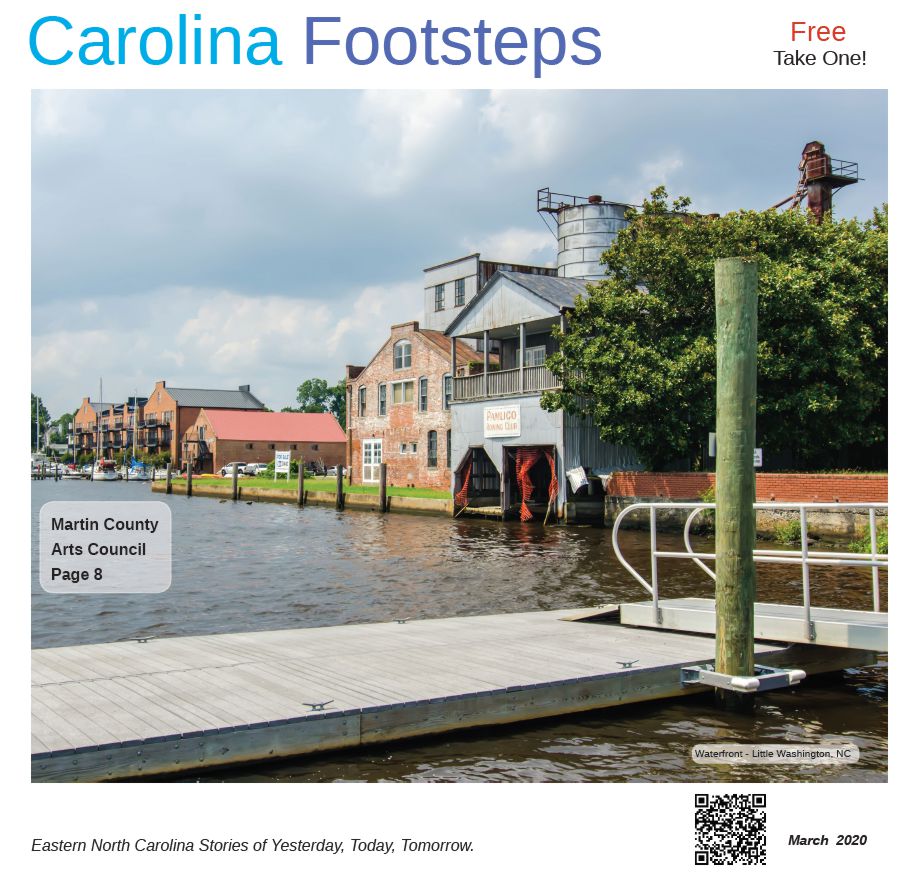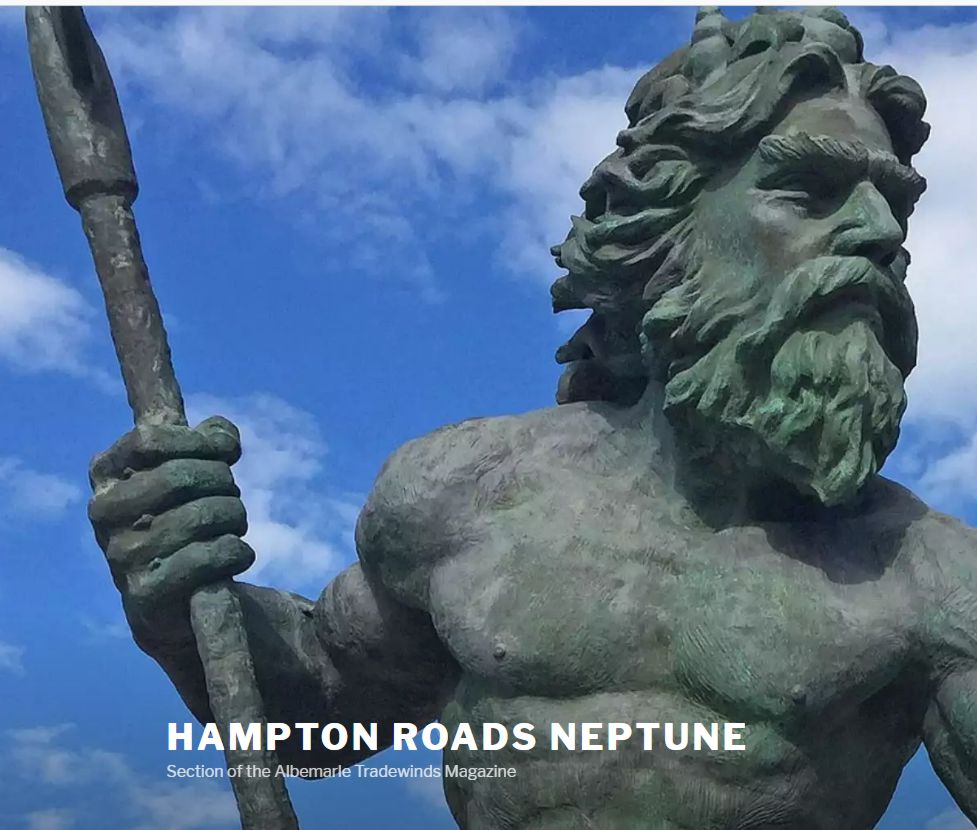Surviving the “Black March”
By: David Bennett (Curator of the Port o’ Plymouth Museum)
In early 1944, two Washington County men, Benjamin Jackson and Benjamin Robertson,
members of the U.S. Eighth Air Force, were shot down over Germany. Despite coming from the
same community, the two men were complete strangers, but a chance meeting in a German
prisoner of war camp forever changed their lives.
Both men found themselves imprisoned at Stalag Luft IV, a German POW camp that was
overcrowded, lacked bathing facilities, and subjected its prisoners to physical abuse. It was in
this environment that Jackson and Robertson first met. The two men were introduced by a
mutual friend, Woodrow Collins, another aviator from Washington County.
In February 1945, the Russians were closing in on the camp. The Germans responded by
evacuating and forcing over 8,000 prisoners to march more than 500 miles in the dead of winter.
Today, the journey is known as the “Black March.” During the march about a quarter of the men
died of starvation, disease, exposure, and physical abuse. The ones who survived the ordeal
made it due to the buddy system. Jackson and Robertson paired up during the march and helped
one another find food during the day and stay warm at night. During the march Robertson
became severely ill and his tonsils rotted out. Eventually he became so weak that he could no
longer walk. In an effort to save Robertson, Jackson put him on a horse drawn wagon. At some
point along the march, the group was split up and Jackson and Robertson became separated. By
the time Robertson was liberated, he had lost 65 pounds. \
It was not until much later that the two men were reunited after the war. It is difficult to say
what would have happened had the two never met, but it is safe to say that the bond they formed
during captivity contributed to their survival.
By: David Bennett (Curator of the Port o’ Plymouth Museum)
In early 1944, two Washington County men, Benjamin Jackson and Benjamin Robertson,
members of the U.S. Eighth Air Force, were shot down over Germany. Despite coming from the
same community, the two men were complete strangers, but a chance meeting in a German
prisoner of war camp forever changed their lives.
Both men found themselves imprisoned at Stalag Luft IV, a German POW camp that was
overcrowded, lacked bathing facilities, and subjected its prisoners to physical abuse. It was in
this environment that Jackson and Robertson first met. The two men were introduced by a
mutual friend, Woodrow Collins, another aviator from Washington County.
In February 1945, the Russians were closing in on the camp. The Germans responded by
evacuating and forcing over 8,000 prisoners to march more than 500 miles in the dead of winter.
Today, the journey is known as the “Black March.” During the march about a quarter of the men
died of starvation, disease, exposure, and physical abuse. The ones who survived the ordeal
made it due to the buddy system. Jackson and Robertson paired up during the march and helped
one another find food during the day and stay warm at night. During the march Robertson
became severely ill and his tonsils rotted out. Eventually he became so weak that he could no
longer walk. In an effort to save Robertson, Jackson put him on a horse drawn wagon. At some
point along the march, the group was split up and Jackson and Robertson became separated. By
the time Robertson was liberated, he had lost 65 pounds. \
It was not until much later that the two men were reunited after the war. It is difficult to say
what would have happened had the two never met, but it is safe to say that the bond they formed
during captivity contributed to their survival.
Jackson
Robertson
Surviving the “Black March” Article from this months Albemarle Tradewinds Magazine
 Reviewed by kensunm
on
11:30:00 AM
Rating:
Reviewed by kensunm
on
11:30:00 AM
Rating:
 Reviewed by kensunm
on
11:30:00 AM
Rating:
Reviewed by kensunm
on
11:30:00 AM
Rating:








No comments: